Many of my food and mom blogger friends are raving about the new cookbook Homemade with Love by Jennifer Perillo. Perillo is a professional food writer based in Brooklyn, author of the popular food blog In Jennie’s Kitchen, and mom to two daughters. I don’t know Jennie personally, and sadly, I missed my chance to meet her when she was in town promoting her book because I couldn’t find a sitter for JR. But my friend Chef Druck knows her well and cannot say enough nice things about Jennie or her beautiful book. I was so charmed by the message of Jennie’s book — namely that we nourish and heal our families and friends by cooking food from scratch and eating it together — that I bought a copy to give my parents’ goddaughter as a bridal shower gift. What better way for my young friend to start her married life than with this ode to cooking as an act of love?
One of the recipes from Perillo’s book that has been written about extensively is her recipe for homemade ricotta. After hearing Chef Druck’s description of it as “life-changing,” I knew I had to make some for myself. This was my first attempt at cheese-making and I was nervous, but this ricotta recipe is extremely straight-forward and doesn’t require any special ingredients like rennet, whatever that is. All you need is whole milk, heavy cream, and buttermilk. (The only special equipment you need is cheesecloth, and honestly, you really should have cheesecloth in your kitchen. It’s cheap, takes up no room at all and is very useful.) Take the time to search out the very freshest milk, cream and buttermilk that you can for a recipe like this one where the quality of the ingredients will shine.
I’m not going to include the ricotta recipe here because so many of my friends have posted it already. But I will encourage you to click on the recipe and make it for yourself. This ricotta is incredibly creamy and delicious and the thrill of making it from scratch only adds to its allure. I have made it twice now and the whole family loves it. It’s an incredibly useful ingredient. You can use it like regular ricotta in baked pasta dishes, like lasagna, but that is not all. Frankly, we eat it straight — it’s that good. I also used some of the ricotta in meatballs, which came out tender and delicious, and mixed into pesto. You can add dollops of fresh ricotta to a homemade pizza. Or treat it like yogurt by topping it with jam or honey and eating it with a spoon. Heaven.
But when you make homemade ricotta from Perillo’s recipe, you not only end up with amazing creamy cheese, you also end up with the by-product of cheese-making: whey. Whey is the cloudy liquid that is left over after you strain the fluffy curds of cheese. While your first instinct might be simply to pour this liquid down the drain, you should definitely save it. Whey is packed with protein, vitamins, minerals and enzymes. It also has a pleasant, sour tang. Whey can be used in baking and cooking in place of water or milk to add nutrients and flavor. It would also make a terrific ingredient in a marinade for chicken or pork and can be used instead of water when soaking beans or grains. You could even use whey to boil pasta or potatoes – you will lose some of the nutrients by boiling the whey, but you will still get a boost of flavor. Here’s an article with more ideas on what to do with whey.
I have used the whey leftover from my ricotta-making experiments in lieu of water in making bread dough in my bread machine and in place of milk when making my kids’ favorite Saturday morning pancakes. We all noticed that the pancakes were slightly denser than my usual pancakes, but not in a bad way. The whey definitely added an slight sourdough tang and extra chewiness to my homemade bread. I have also taken to adding a splash of whey to my morning chai tea latte. If you make smoothies at home, try adding whey to those.
I hope that you take a look at Jennifer Perillo’s beautiful book and try your hand at her homemade ricotta. Bonus points for using up your leftover whey!
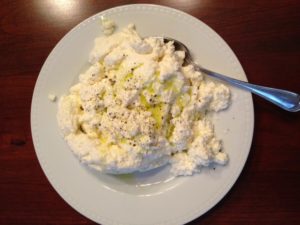
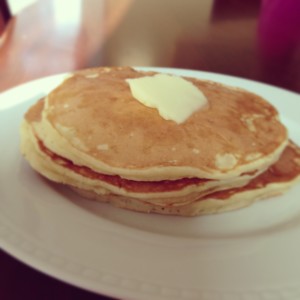

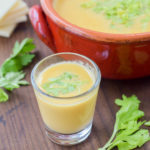
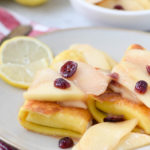
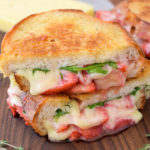

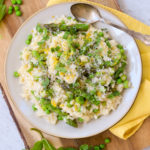
Glad you got to use all parts of the ricotta! (I hate food waste of any sort.) Someone recently told me that tomato plants love whey…so I’ll probably be freezing mine until I can get my little plants going 🙂
Toni, I’m no gardener – trust me! – but I have read that while diluted whey is good for plants, too much whey can hurt them since it is so acidic. What does your source tell you?